My wife is from the foothills of the Himalayas in India and is of Tibetan/Nepali origin. As mentioned in my post on MoMos, having food from home now that she has settled in the United States is of extreme importance. Since preparing interesting and somewhat exotic dishes is an everyday affair for me, I’ll likely share with you many more recipes as time goes on.
Today, we will talk about Chicken Curry. This is one of our favorites and once you get the hang of it you’ll be well on your way to making many other Nepali style curries as well.
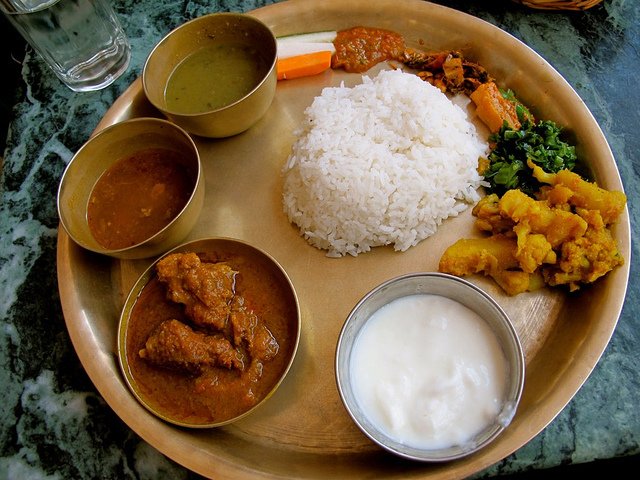
The ingredients:
Around 1.5 pounds of boneless chicken pieces cut into bite sized chunks.
(You can use boneless chicken breasts but I find it tastes better when you do half breasts and half thighs to get some dark meat flavor in there.)
Salt to taste
2 Roma Tomatoes (chopped)
1 large Red Onion (finely chopped)
1 tablespoon ginger garlic paste
(You can simply make a purée of equal parts ginger and garlic or you can buy this in an Indian grocery store. We opt to make our own since it is so simple. You may need to add a little water to the purée to make it all come together)
1 tablespoon turmeric
Green Chili is optional.
(The dish does not require heat to be tasty but, if you want to add some zing, chop up some chili to add when making the masala.)
Preparation:
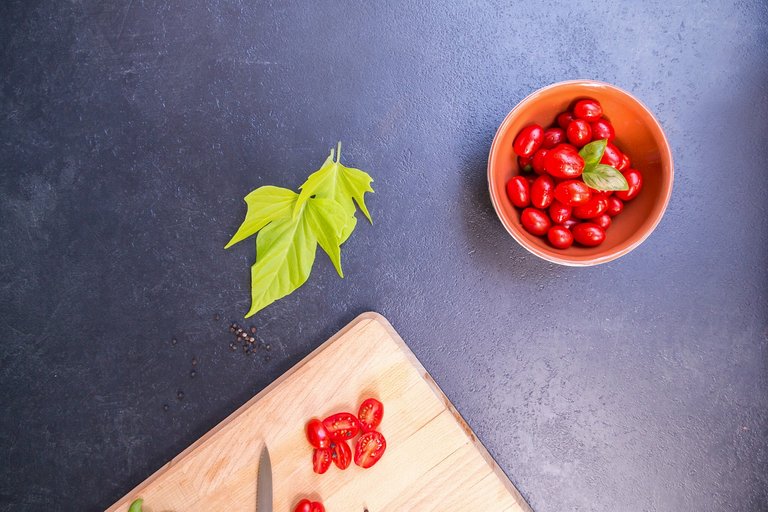
“Mise En Place” is a fancy cooking term that basically means everything in place. For Indian and Nepali cooking this is very important. You want all of your ingredients to be ready and available from the start to make the layering of flavors in the cooking process simpler.
Chop your onions into small pieces and set aside in a small bowl. Do the same with the tomatoes and the Chicken. Have your ginger garlic paste handy, your tumeric and salt nearby and your chopped green chili, if you choose to spice it up.
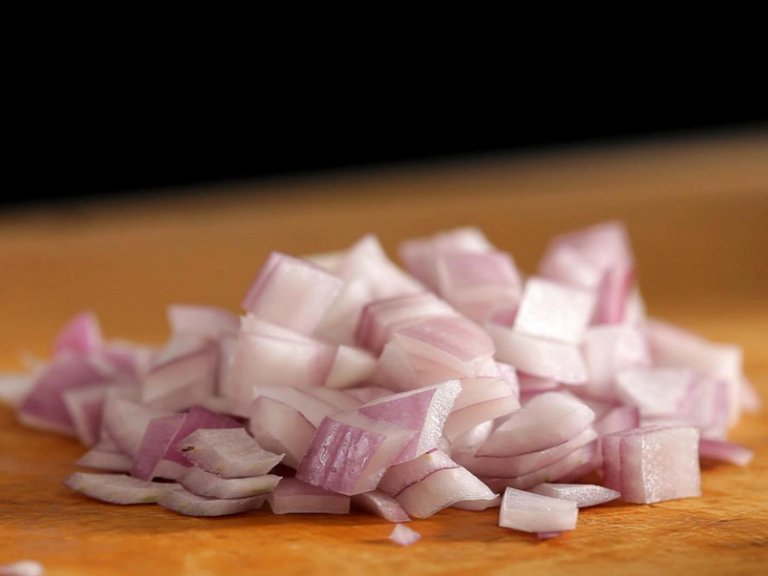
In a wok or stew pot, pour a generous amount of vegetable oil and bring up to a medium heat. You’ll want a little more oil than is needed for your onions and tomatoes, so eyeball the amount of the two ingredients and pour in what you think is needed. The extra oil helps to make the “gravy” that the curry requires. Proportions of onion, tomato and chicken are not exact and you can definitely play around with the amounts to your liking.
Once the oil is up to temperature, throw in your chopped onions and let it cook down. You can lower the heat a little if you desire. The goal is to have the initial ingredients before you add the chicken to more or less melt down and dissolve into a thick gravy.
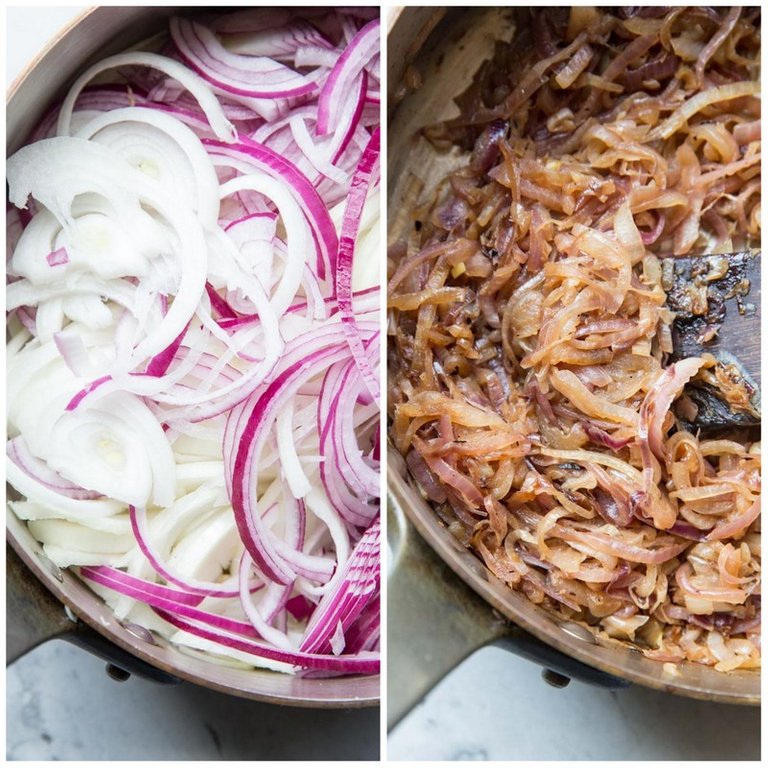
After the onions have just begun to caramelize, add your turmeric and stir it together, letting it simmer some more to bring the full body of subtle flavor from the turmeric. Keep the heat at this point on a medium low temp and let the onions and tumeric get to know each other for a bit.
Then add a healthy spoonful of your ginger garlic paste and mix it in. I add my salt at this point but really you could do that at any juncture. I usually just dust the surface area and add more salt at the end if it is needed. Let the onion, turmeric, ginger garlic paste slowly cook down for more flavor and then add your diced tomatoes. This is when I also add the green chilies, which again are completely optional. Stir together and reduce to a low heat. Put the lid on and let it all slowly simmer together, checking occasionally to stir.
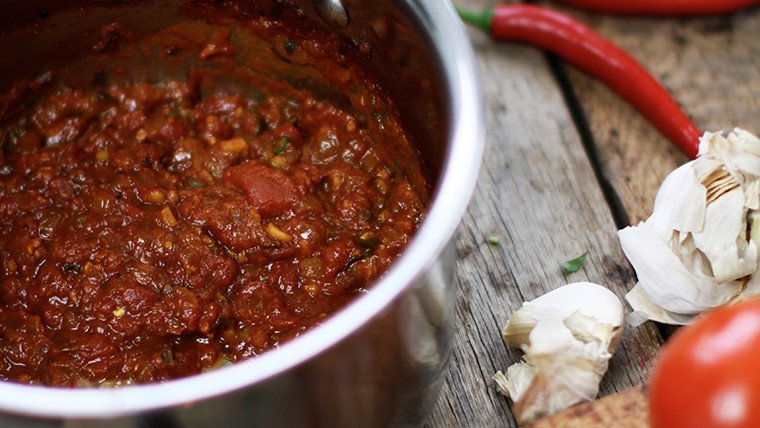
Eventually, you will see that all the ingredients have broken down and with the help of some stirring have become a “gravy” like substance. This is what is called a “Masala”. Don’t worry if the gravy seems slightly less than what it looks is needed for your chicken. The moisture in the chicken will be released and will add to the amount of “gravy”.
Once you have seen that the ingredients have sufficiently broken down into a gravy, add your chicken pieces to the “masala” and stir it all together. If you feel it is not wet enough it is perfectly acceptable to add some water at this point. I would wait until the chicken releases some juice and would caution to add a little water at a time through the final cooking phase to be sure not to over do it.
Place the lid on and let the whole thing cook low and slow, taking the lid off occasionally to stir gently.
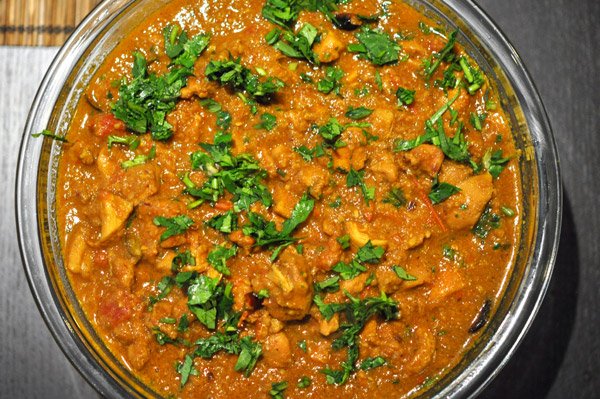
When the chicken is cooked through taste a spoonful and see if any salt needs to be added. Add salt if needed and mix it in, letting it cook a little longer at a very low temp.
That’s it! Cook some rice and serve a healthy portion on top or on the side with your white rice. If you have some ghee, which I will talk about how to make your own in another post, add a spoonful to your rice to make the dish a little richer. You can also garnish with cilantro leaves to make it more attractive and add some fresh flavor to the curry.
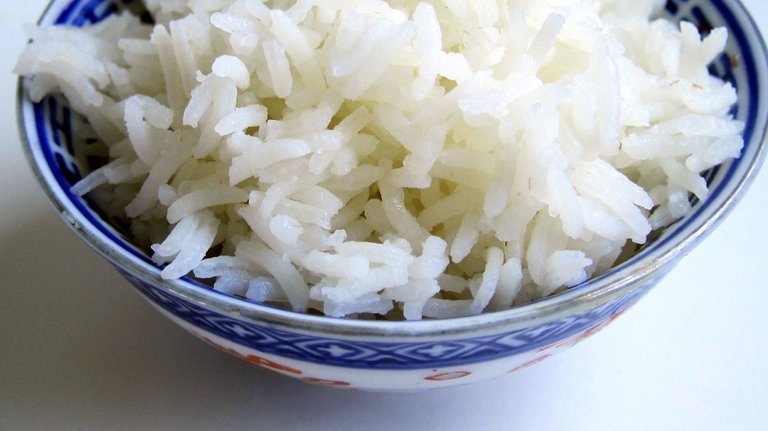
If you are afraid to try curry due to heat or too many spices, I recommend trying this dish. I think you’ll be surprised at how much it resembles home cooked comfort food rather than some strange and unfamiliar dish like many South Asian cuisine can seem.
Note: Cumin, coriander and/or Garam Masala can be added when making the initial masala but it is not needed and is optional along with the Cilantro and green chilies according to people’s preferences.

Kepingin mencoba waktu saya melihat nya.
WoW so Testy...
So nice, makes me want to eat some Nepali food.
Congratulations @mayushi! You have completed some achievement on Steemit and have been rewarded with new badge(s) :
Click on the badge to view your Board of Honor.
If you no longer want to receive notifications, reply to this comment with the word
STOPTo support your work, I also upvoted your post!
Do not miss the last post from @steemitboard!
Participate in the SteemitBoard World Cup Contest!
Collect World Cup badges and win free SBD
Support the Gold Sponsors of the contest: @good-karma and @lukestokes